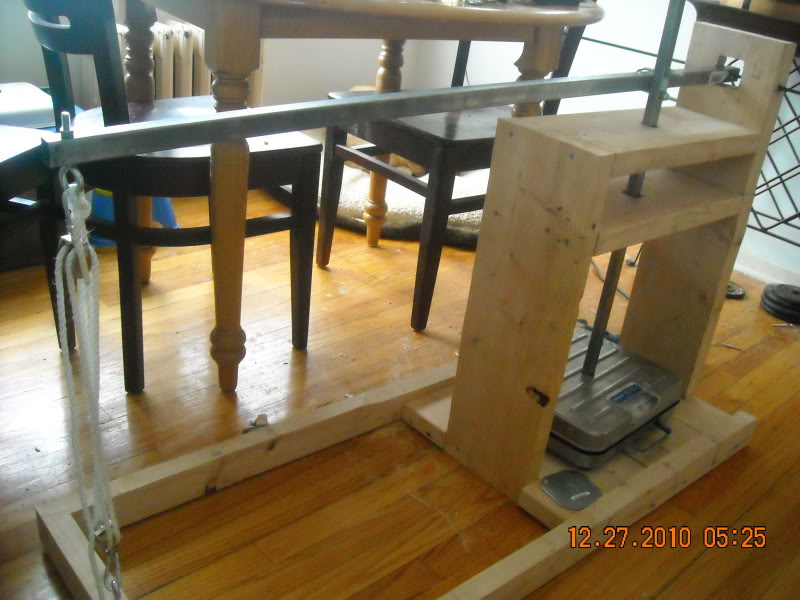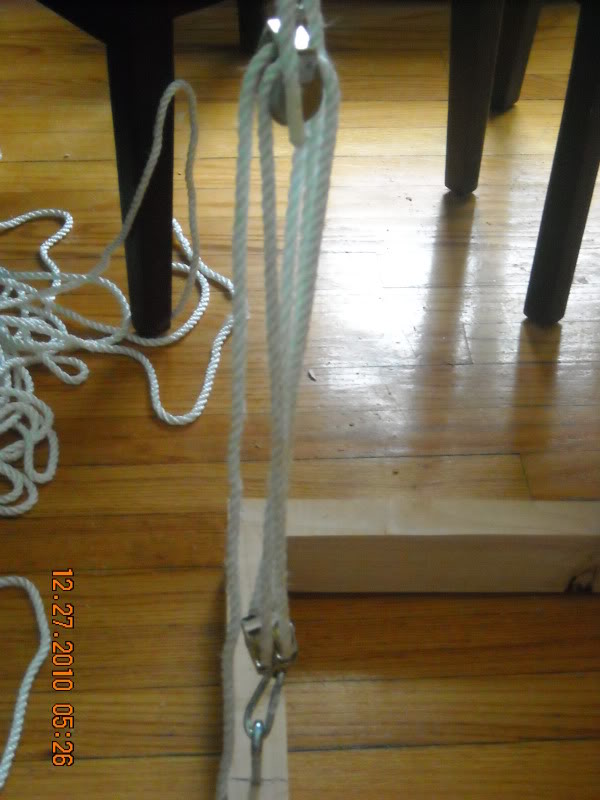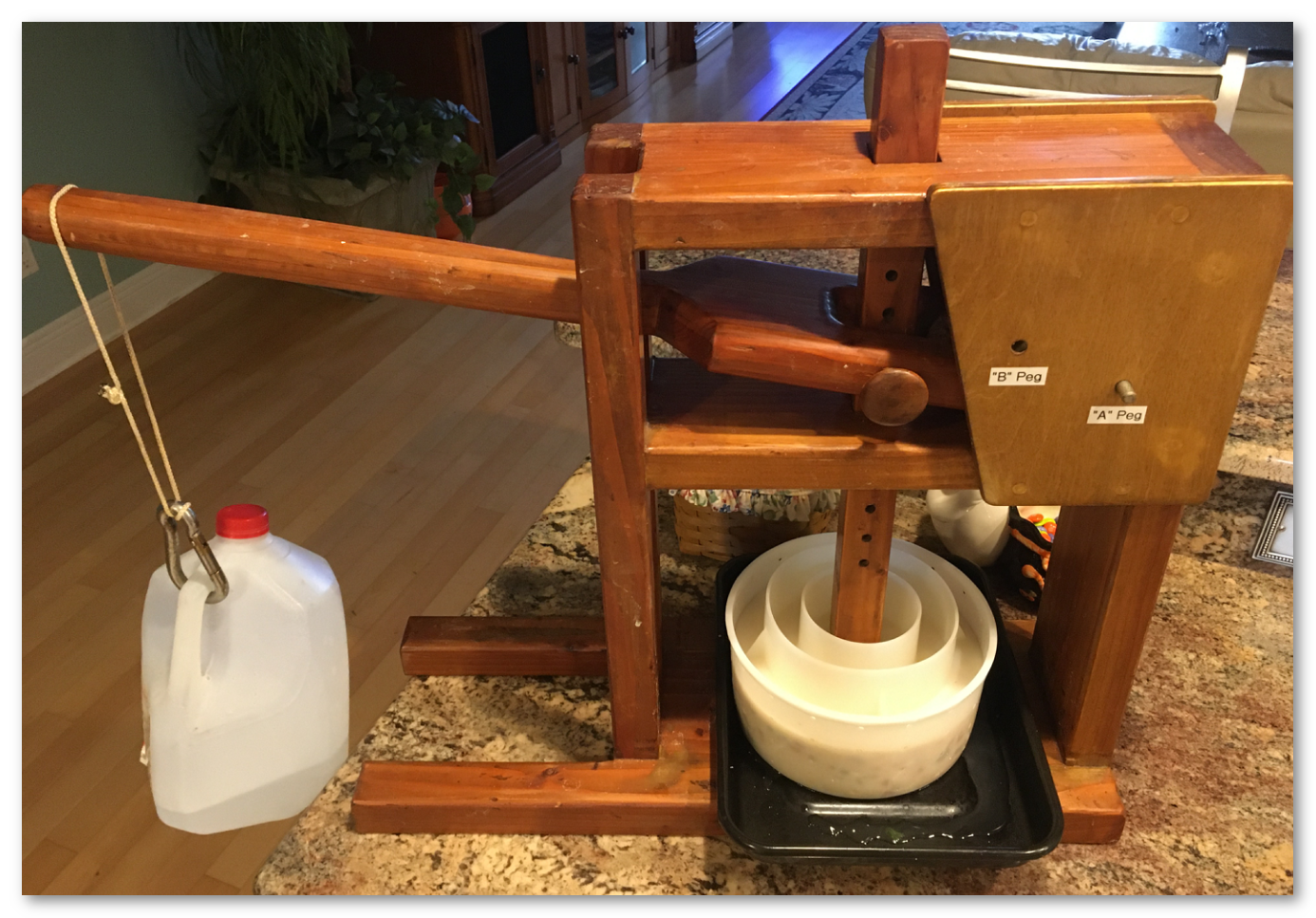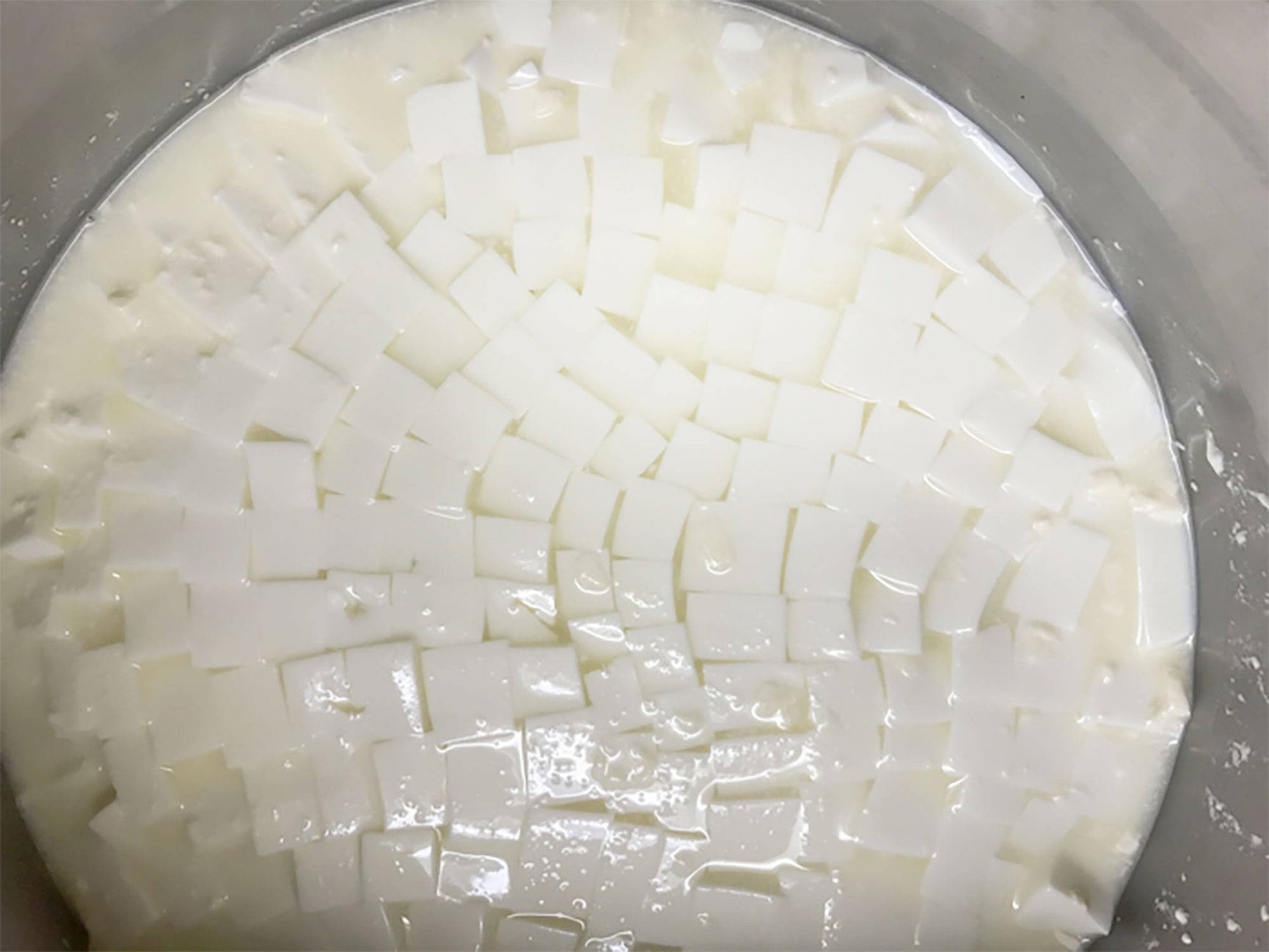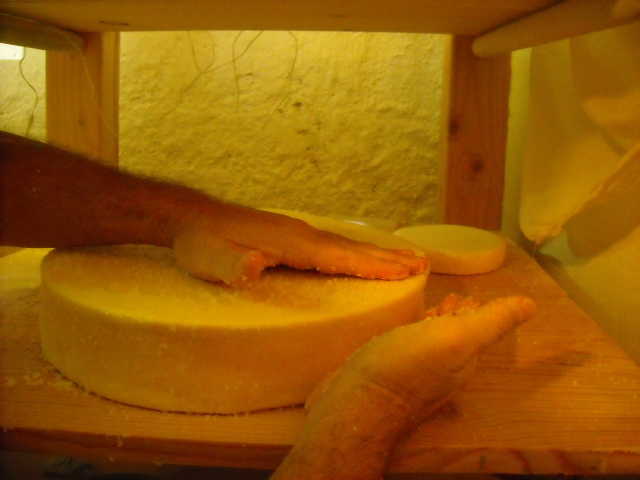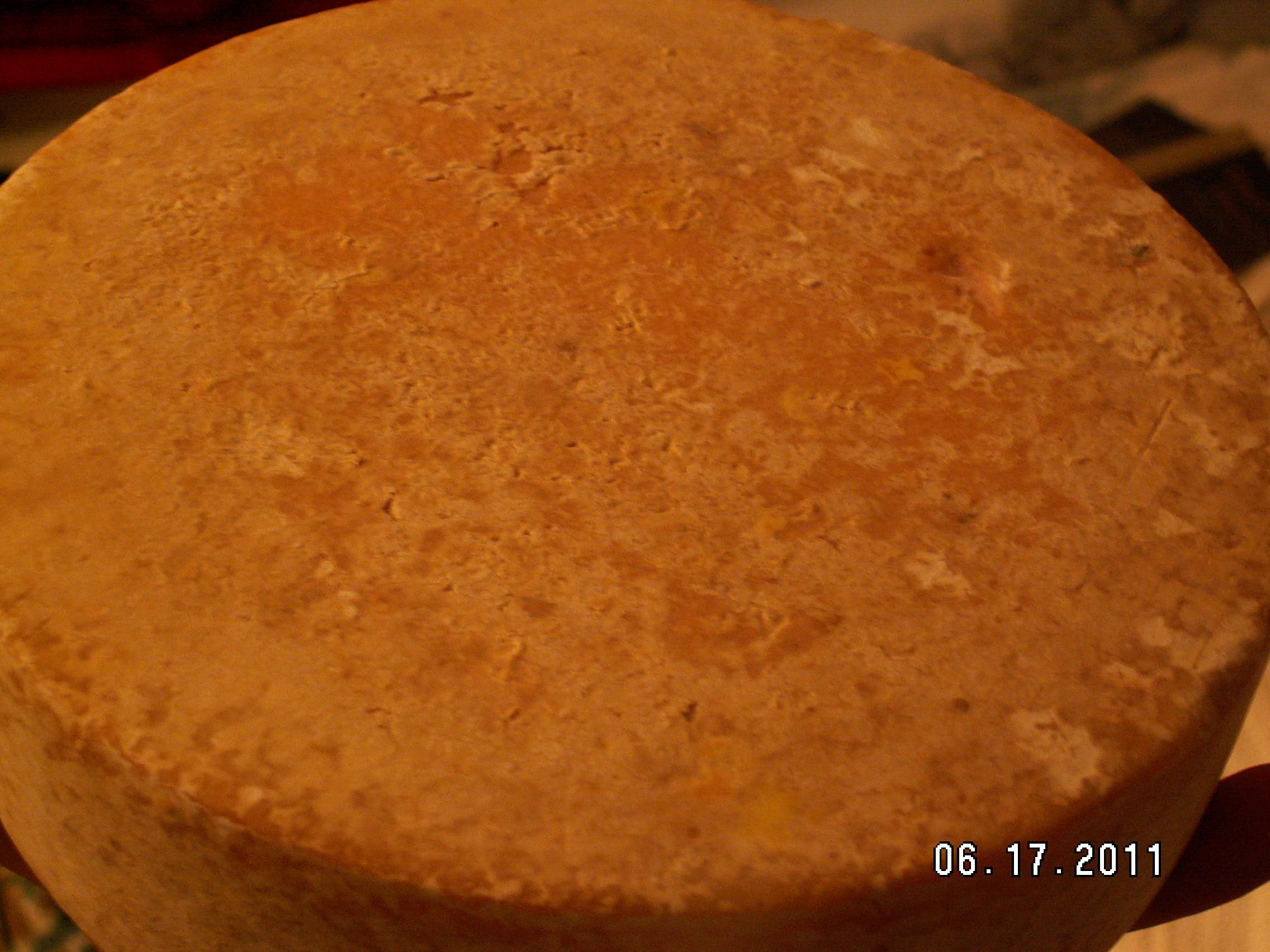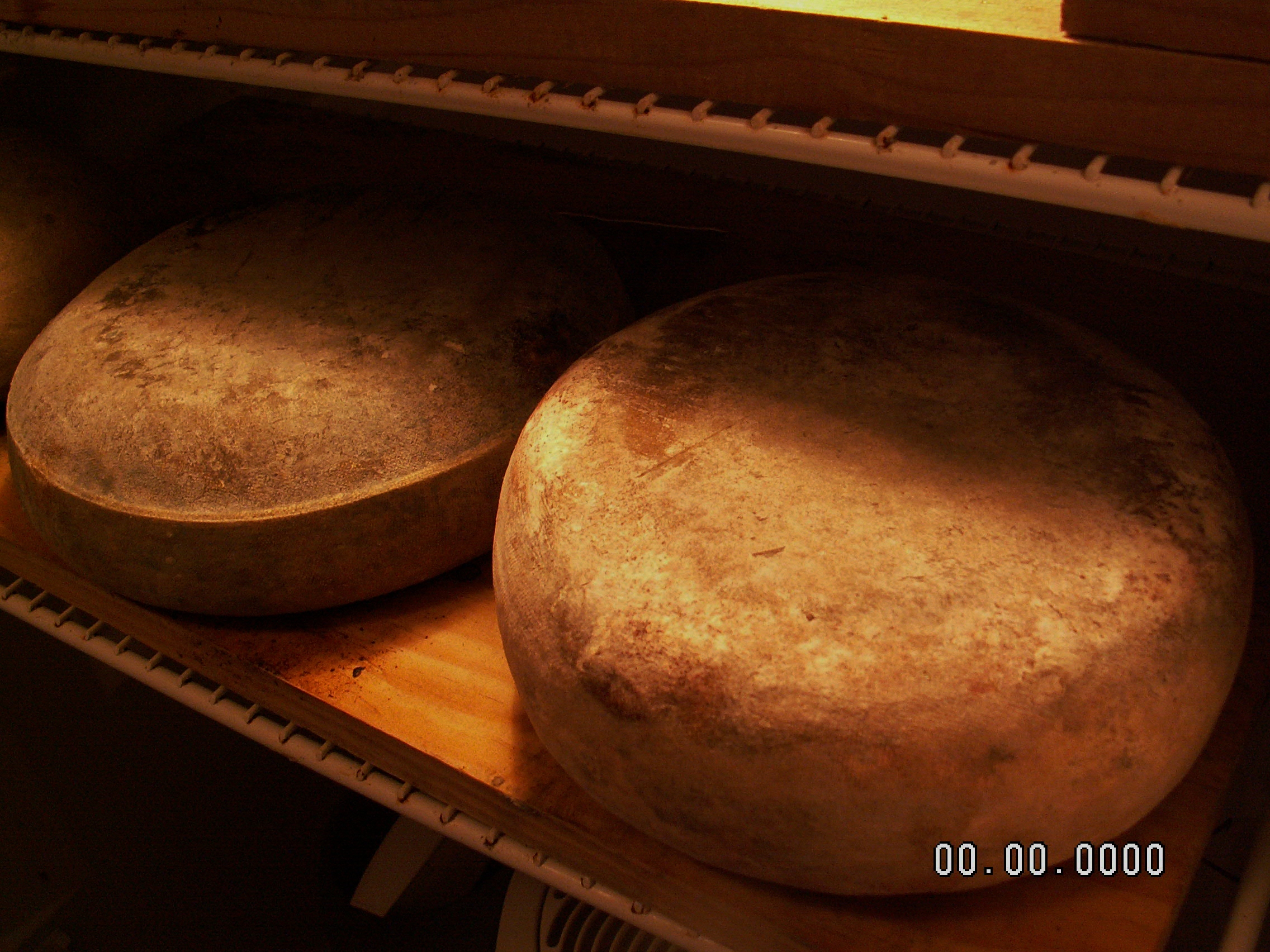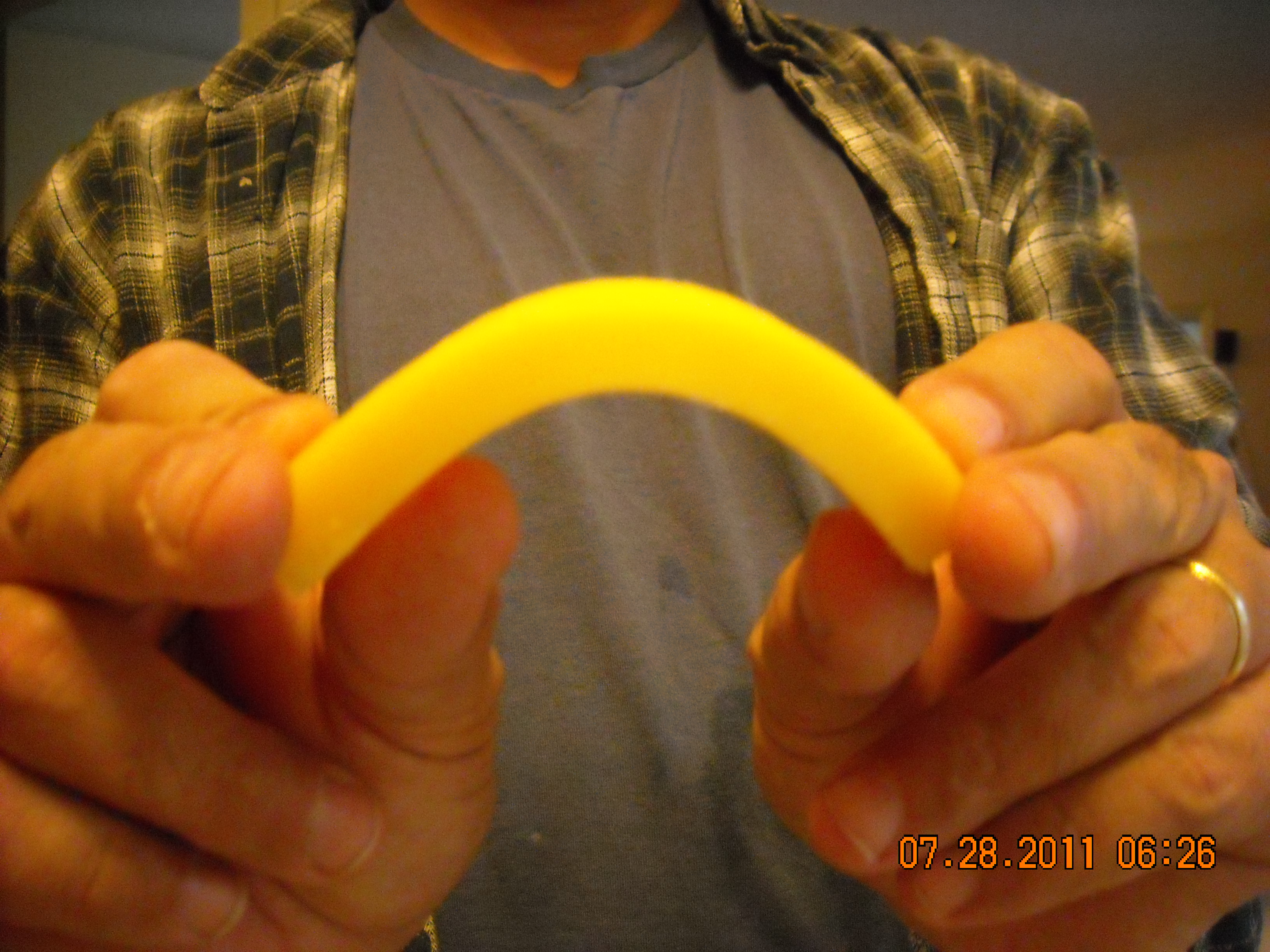I got good curd after 90min, 3x the rennet, and adding CC. Curds every bit as good as your first pic up there. I made decent feta, cheddar, and Gouda that way...ok, the cheddar kind of sucked but the other 2 weren’t bad.
I just decided that the non optimal circumstances I am operating under made the effort of acquiring raw milk not worth it.
First, I want to reiterate for AKTom and all, none of this below is necessary to make good cheese. Just grab Rikki's or Gianaclis's basic book, and have fun until you want to branch out more, say, in styles, or raw v. P & H milk.
Secondly, the reason I'm writing some of this is to dispel the idea that there's something about raw milk that makes it difficult to deal with. So long as it's fresh, you're actually already ahead of the game, as it's already populated with lactic-acid bacteria's (LABs) and non-starter lactic acid bacterias (NSLABs).
So:
Yep, whatever works. If I were to have a better idea I'd need to know pH's, temps and so forth. For instance, if you didn't add in the extra rennet all at once but added it in later to try for a better curd, you've broken up the casein network each time, which is why we leave the curd alone to settle very quickly after adding the rennet.
You found what works, and that's good, but something just seems strange to me. If you used old milk you almost certainly used milk with a heavy growth of intrinsic flora in it. Many of these are LAB's, lactic acid producing bacterias. Most often, old raw milk would yield very acidic milk ("clabbered milk"). That does two things, causes renneting to happen almost immediately, and causes poor curd formation as you've lost almost all your calcium, necessary for the casein networks, to the whey. Adding in extra rennet won't do anything to that, if that is the case. It will only cause bitter taste, down the road.
To show what happens with curd rich in retained calcium, which is common to the hard alpines, see how flexible the cheeses can be:
This is a hallmark of properly made alpine cheeses. The calcium is a strong "webbing" giving that pleasing quality to these cheeses. Not "crumbly," which is a character of more acidic (in the vat) cheeses, but higher pH (in the vat) cheeses that acidify in a curve in the hours during and after pressing, post-vat.
On the other hand, if you "over-rennet" milk that is otherwise in good shape, you will tend to obtain firm, tough, rubbery curds, and syneresis, which is the process of curds expelling whey (dehydrating, basically), will be poor.
If you had strong curds, as you say you did - close to the pic 1 above - but it took a long time, that tells me you had insufficient LAB cultures, too low a temp, or some combination. You hadn't reached the isoelectric point for the rennet to do its work. Do you monitor the pH as you go along?
We should distinguish flocculation from coagulation, by the way.
Flocculation is the initial phase of casein network formation. Commonly determined by a "float" test, when something light - like a cut yogurt container - will no longer move when nudged, floating on the surface:
From there, with artisan cheesemaking, one would typically use a "flocculation multiplier." I won't go into that here. Just a great way to end up with similar end product when using milk that varies throughout the year - watery in summer, more fatty in winter, stage of the cow's milking cycle, etc.
If you're talking 90 min. to
flocculation, just an FYI, but you probably know 90 minutes is really, really long. If you use the flocculation multiplier method, as I do, for a tomme at 3X, that would mean 4 1/2 hours after renneting before cutting the curd. You're going to have a very wet, weak curd, even if you get clear "cuts." By way of example, I shoot for about 12-15 minutes flocculation, and with a 3.5X multiplier, a total of no more than 52:30 renneting before cutting, let's say. I should for 12 minutes to flocculation and so 43-53 minutes renneting before cutting.
If you use a "clean break" method and mean it took you 90 minutes, that's too long, but not crazy, so long as you can maintain temp during that entire period.
I can tell you when I was starting out, I had extraordinarily long flocculation periods. Like, crazy long, like your 90 minutes. I simply had not developed enough LAB activity to the point the pH dropped enough for the rennet to work. Nothing to do but wait. I learned to dial it in. Eventually, I went with measured amounts of mother culture, much like a beer starter. Ideal flocculaton time is much more bankable, using this method.
I'd ask, did you add the extra rennet in stages, as in, it didn't work, add some more and stir it in, didn't work, add some more and stir it in?
At any rate, glad you've found what works for you. I would just like to note raw milk is not a problem to work with, just things to do with it different than using P & H, as with everything - each has its protocol.
For me, I'm grateful to have such fresh, raw milk to use. But no one should shy from cheesemaking if P & H is what they have to work with. Stellar cheeses can be made from either.
No one should let any of this technical crap get in the way of just diving in. Like brewing, you can make great beer knowing very little of the more technical aspects of malting, mashing, brewing, etc., or you can dive in to learn more in order to tweak to a food more under your control.
All of it should be rewarding!



